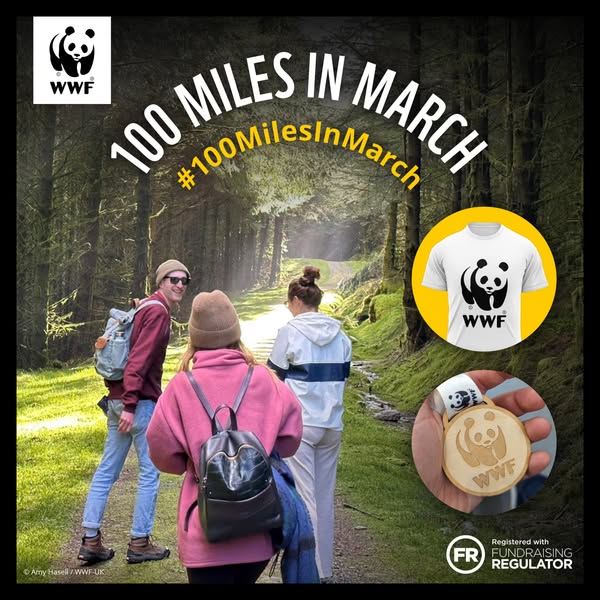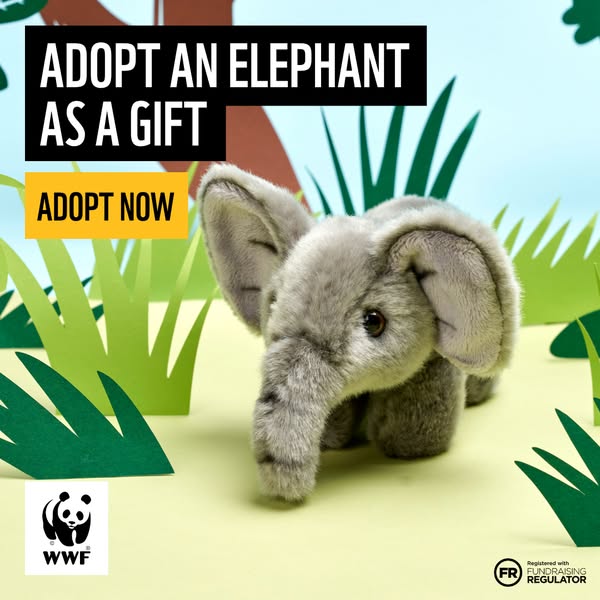Table of Contents
The World Wide Fund for Nature
In honor of National Wildlife Day, we’re taking a deep look at how the World Wildlife Fund (WWF) leverages social media as part of their global digital strategy in order to engage the public and further their mission to create a future where people live in harmony with wildlife.
With thousands of members working in over 100 countries, the organization faces no shortage of scroll-stopping content options. But even the world’s best content requires a sound strategy to make it count!
We’re sure you know there’s a difference between organic and paid social, but being different doesn’t mean they aren’t connected. For any organization, paid and organic methods must work hand in hand if they are to share success. So, we’re going to analyze how the World Wildlife Fund uses both methods to spread their messages and complete their own initiatives around the world.
WWF Campaigns Examples
Leveraging Paid Social
While the problems and regions of people may be different, we can see a similar psychological approach that affects us all the same. This creates a dynamic, yet cohesive approach that causes users (no matter where they are) to think about what they’re doing and in some cases, inspire action.
These campaigns naturally vary by goal; some examples include:
-
01
Selling small items from their e-commerce store.
-
02
Generating new members to support their cause.
-
03
Raising awareness (and funding) for select fundraisers.
Target Audience
By analyzing the audiences, we can see that they mainly target men and women aged 25-55, likely with environmental-based interests.
Of course, reactions from said audience can vary by country and topic. For instance, they ran a Finland-based campaign focusing on the extinction of tigers, which saw more engagement from women vs men of the same demographics. We can guess that this is due to women being more sensitive to these causes, but the only way to know for sure is to look at the data.
For example, the WWF ran a similar campaign in Germany, where both genders responded almost identically. This tells us that the WWF’s fan base covers both genders, but engagement can vary by topic and region.
While we don’t have data to reference, we can assume that they’re targeting those with environmental interests such as wildlife, climate change, plastic-free, etc.
Nurturing Followers With Organic Marketing
The WWF’s organic approach takes a slight pivot from their paid one. Rather than focus exclusively on hard-hitting environmental awareness, their organic efforts also highlight their #TogetherWeCan campaign, which spreads a positive message that when we come together, we can change the world.
We’ve seen several posts that follow this trend — and for good reason! Think about it: organic posting is about leveraging news and content to entertain/educate your existing followers. This creates brand loyalty and enhances cross-platform engagement.
It’s interesting that they decided to pivot to more positive, uplifting messages because, as important as many of their issues are — they can be depressing. Even those who DO care about said topics might not want to hear about them all the time, so in an effort to not “bum their audience out” while still raising awareness for the things that matter.
The WWF also accomplishes this by diversifying the content they share, in some cases they curate news to “freshen” things up without sacrificing their integrity. For instance, they did a lot to raise awareness about the wildfires around Europe, Australia, and California.
They do a lot of the same for their Stories, but we see them leveraging them for more direct response initiatives with strong Calls to Action that typically encourage subscriptions and purchases. A smart (and safe) use of Stories, if you ask us.
Interestingly enough, the WWF doesn’t seem to do the best job of engaging their followers in the comment sections. This could certainly be due to their sheer size, but we would suggest they get someone to moderate the comments to keep the conversations flowing — this is an excellent way to attract friends of friends while filtering some not-so-flattering comments.
Summary
Everyone at MONSOON cares deeply about our environment, which is why we deploy several initiatives to give back however we can. This is one of the reasons we admire the World Wildlife Fund so much, not only because of its success but because it stands for such good causes.
We had SO much fun inspecting how a global organization runs its social media media initiatives, especially how they differed from country to country. But best of all, it gave us important insights into how larger organizations can turn awareness into engagement and, eventually, action! At Monsoon, we never stop learning, not only because it’s our job but because it’s our passion. If you’re looking for a social media agency that cares about the environment and never settles for less than perfect, contact us for a free social media marketing consultation.
And remember — if we all make small changes, we can help our environment in BIG ways!






